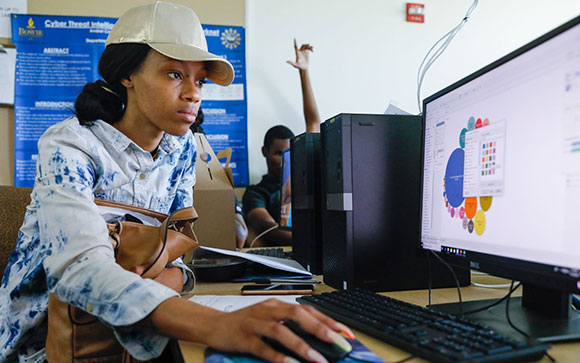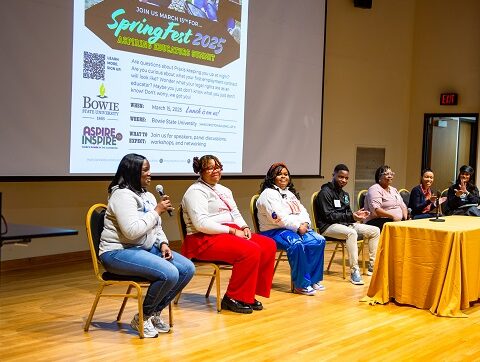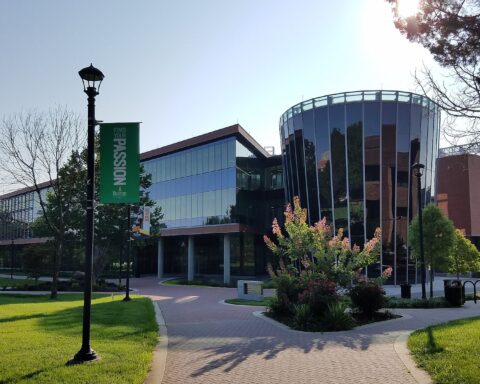By Bowie State University
Teaching doesn’t need to be rote and uninspiring. It can be wonderous for the teachers and the students.
Just ask Dr. Lynne G. Long, Bowie State University chair of Teaching, Learning and Professional Development in the College of Education.
“My goodness, it’s not all about the common core and all the assessments,” she says of imparting knowledge and skills to students. “You can get it other ways. You can make it fun for the kids.”
Long has partnered with Dramatic Results, an educational nonprofit in California, Calvert County Public Schools (CCPS), Calvert Library and community-based art groups to coordinate and deliver arts-integrated science, technology, engineering, art, and math (STEAM) programs to students in Calvert County. The program will serve as a demonstration site for STEAM Ecosystem Expansion Demonstration (SEED) project and is funded by a $2 million grant from Assistance for Arts Education.
Preservice teachers from BSU’s College of Education will be trained to instruct Calvert County middle school students in Gifted and Advanced Learning during summer camps and on Saturdays during the school year. The summer camps will include four days of instruction in the middle school and a fifth day of activities at Bowie State.
The goal of the program is to create and sustain high-quality, engaging, and equitable STEAM programs for students. Teachers and students might use the design process in instruction, which is an approach for breaking down a large project into manageable chunks, to solve problems. Long notes in music, for instance, is about math and measurements.
“I also like students to get down and dirty with paint,” says Long. “Looking at some of the painters, like Jackson Pollock, and what they can do when you throw paint onto a canvas. How far did you throw it? What is the projection? What will it do when it splatters? Activities like that that are fun for kids to think about.”
Long believes the program can help the BSU preservice students’ change their mindset, allowing them to find the wonderment of learning for students, and teaching them to investigate and research using different techniques.
“I get excited about the opportunities, not only for our students, but also for the students that they’ll be teaching, because the classroom is not four walls. The classroom is the world,” she said.





